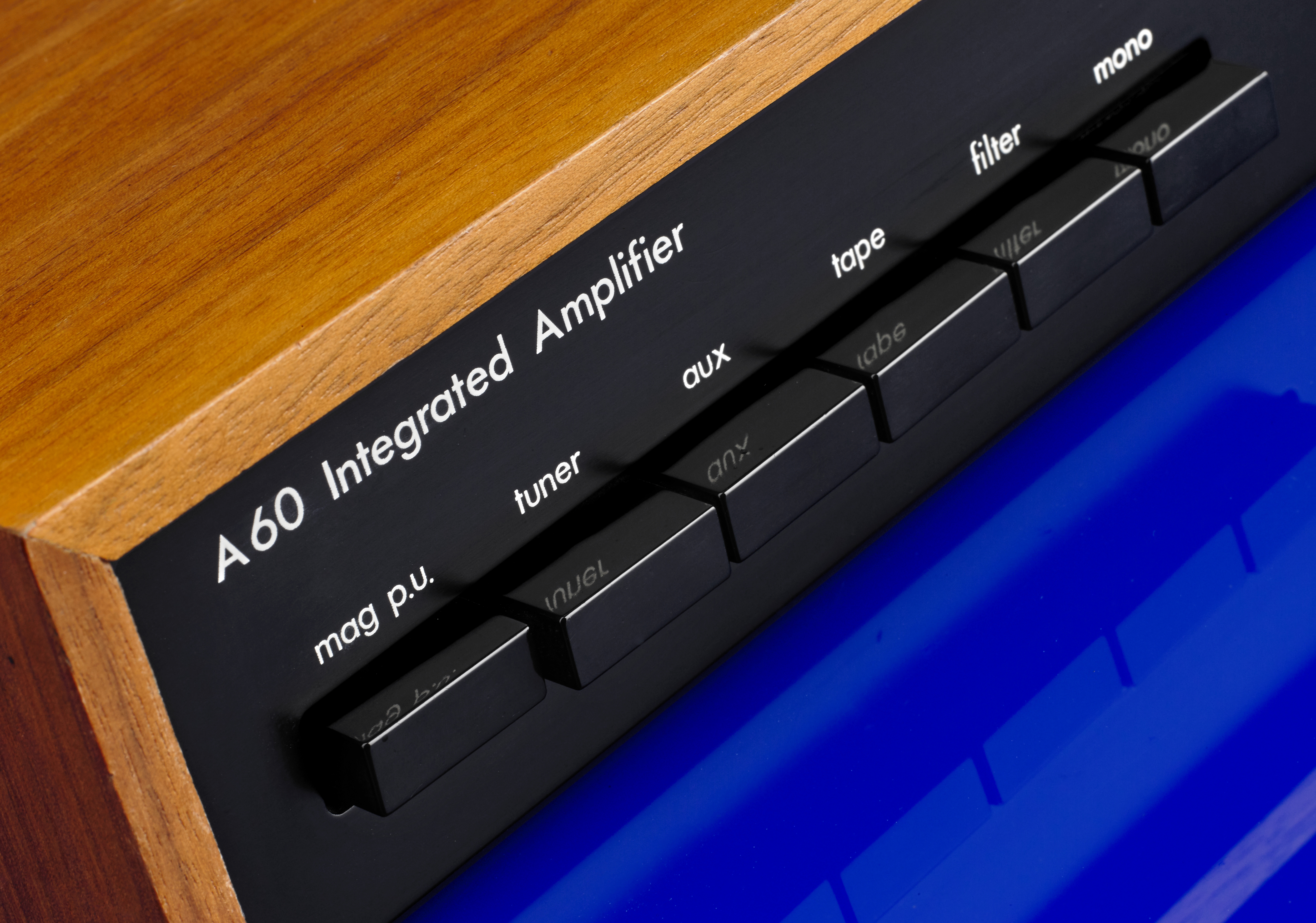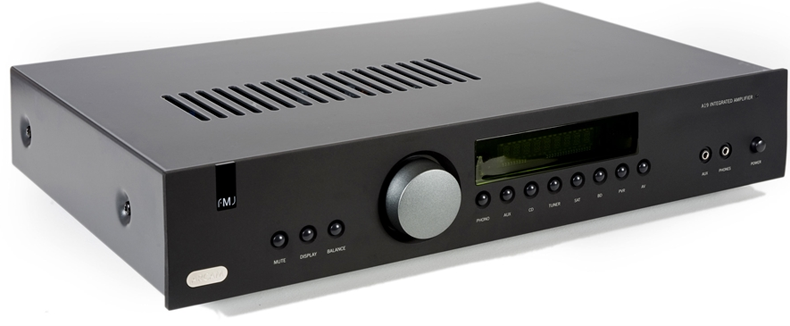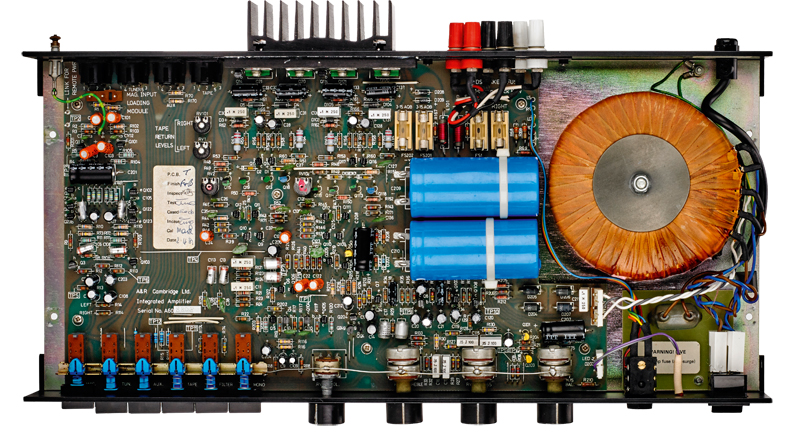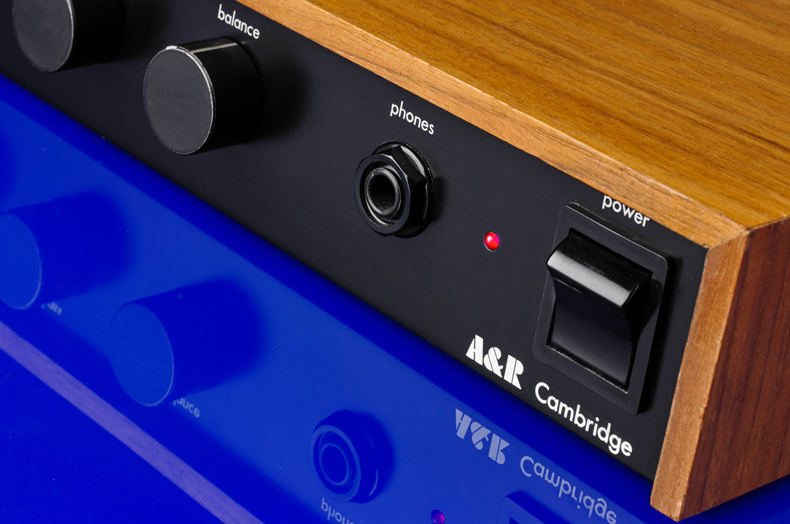
Amplification & Recording Cambridge was founded back in 1976. Now known as Arcam, the company’s success was built on its first amplifier, the A60 (you can see our review from August 1981 on this page, though it was launched a few years earlier).
Back in the early 1980s, this slimline integrated cost £190 and was generally considered the go-to middle-market amplifier. It proved the ideal upgrade from budget champions such as NAD’s original 3020.
The original A60

It's is a well-equipped unit, with a decent array of line-level inputs plus a capable moving-magnet phono stage. The quality of the phono input shouldn’t come as a surprise considering vinyl was the dominant quality media of the day. Even if, with CD on the horizon, we were foretelling its demise that very year.
The tone controls are subtle in their action, and so can prove useful (on occasion) when a recording or partnering kit isn’t quite balanced. And it’s good to see a mono switch fitted.
This can help mono vinyl recordings, replayed by a stereo cartridge, sound more stable. The A60 also has a filter switch, which rolls-off frequencies above 7.5kHz in a bid to reduce hiss from a tuner or the impact of a pop from vinyl.
A60 versus A19: sound

We used our usual reference sources in the form of Naim’s NDS/555PS CD player and Clearaudio Innovation Wood turntable.
Partnering speakers ranged from the Wharfedale Diamond 220s and B&W’s 685 S2s right the way through to ATC’s SCM50s.
The latest hi-fi, home cinema and tech news, reviews, buying advice and deals, direct to your inbox.
We then used the Award-winning £700 Arcam A19 amplifier to give us some context for the old-timer’s performance.

The veteran is certainly less clear and precise than the A19 (pictured, above). There’s a slight fuzziness about its presentation that leaves the current amp sounding more transparent in the way it renders detail.
Other obvious shortcomings include more rounded large-scale dynamics and notably less extension, punch and grip at low frequencies.

But it’s not one-way traffic. Despite the shortfall in resolution the A60 counters with a fuller, more dynamically expressive midrange and a generally more enthusiastic attitude. In short, it’s a fun listen.
Surefooted and energetic Play alt-J’s Hunger Of The Pine and the A60 delivers an upbeat sound that brims with energy. It’s surefooted rhythmically and surprisingly punchy with it.
A power output of 40W per channel isn’t anything special but there’s enough grip here to work well with a wide range of speakers. Tonally, the new amplifier is considerably more even.

The A60 has a smooth presentation with a slightly rich, mid-forward balance. It’s clear that there have been significant improvements in amplifiers over the years, the A19 bettering its ancestor in most areas of performance.
Still, we found ourselves returning to the older amp time and time again. There’s just something addictive about its expressive, entertaining delivery.
We’re quite taken with that wood finish too.
See all our Arcam reviews
How to choose and set up a stereo amplifier
The best hi-fi and audio deals

Joe is the Content Director for What Hi-Fi? and Future’s Product Testing, having previously been the Global Editor-in-Chief of What Hi-Fi?. He has worked on What Hi-Fi? across the print magazine and website for almost 20 years, writing news, reviews and features on everything from turntables to TVs, headphones to hi-fi separates. He has covered product launch events across the world, from Apple to Technics, Sony and Samsung; reported from CES, the Bristol Show, and Munich High End for many years; and written for sites such as the BBC, Stuff and The Guardian. In his spare time, he enjoys expanding his vinyl collection and cycling (not at the same time).
